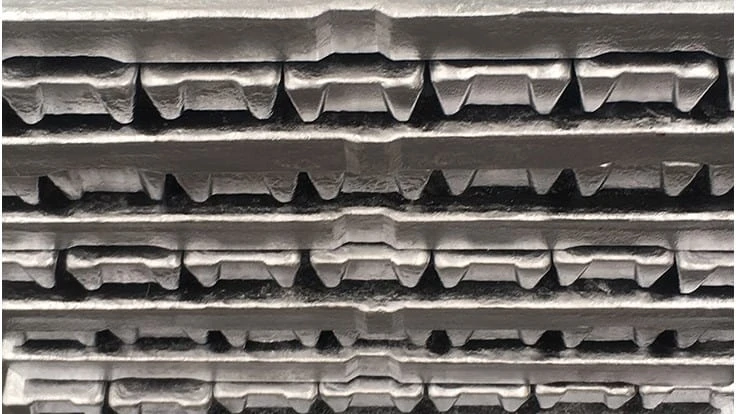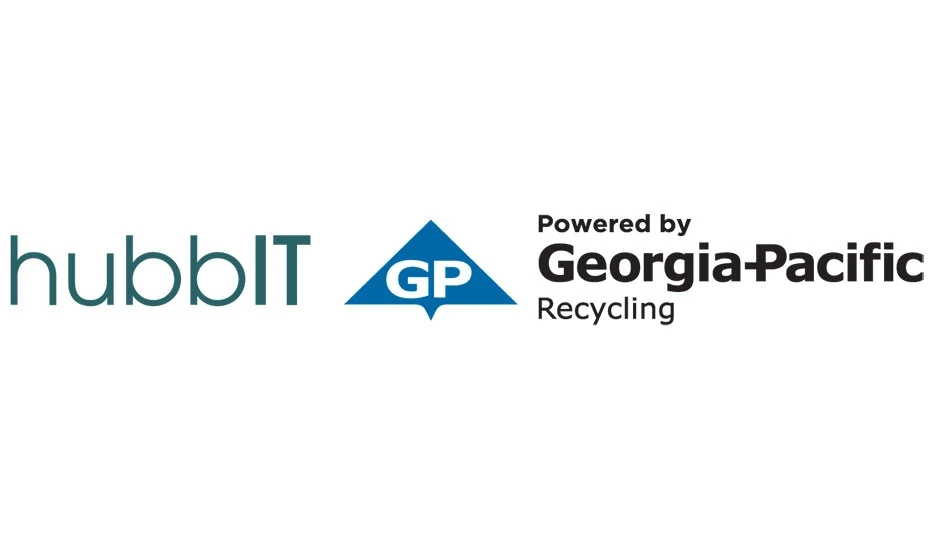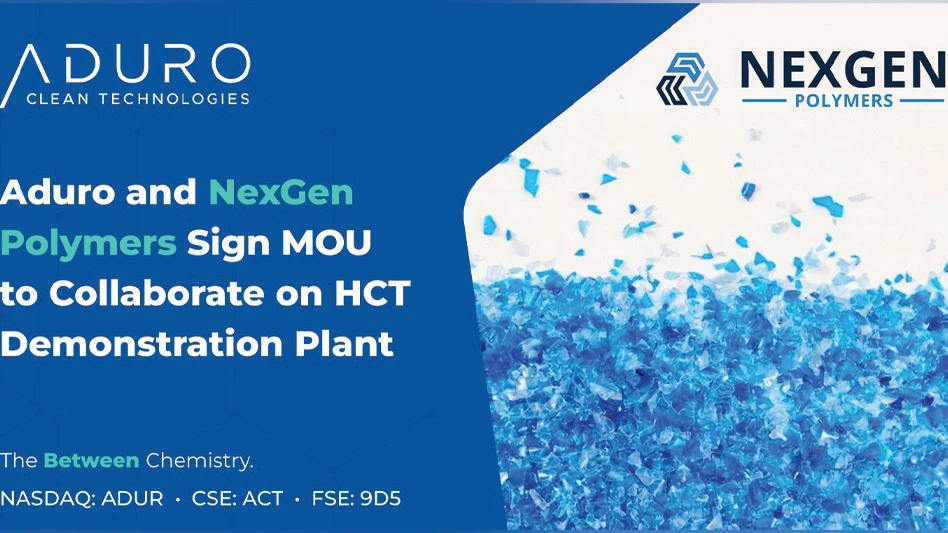
Photo by Brian Taylor.
Regulations pertaining to the United States-Mexico-Canada Agreement (USMCA), issued in early June by the Office of the U.S. Trade Representative (USTR), list both “unwrought aluminum” and “aluminum waste and scrap” as materials that will require proof of North American origin if they are to be counted toward a vehicle’s “made in North America” status. That status is pegged to a 70 percent North American content threshold.
An analysis by New York-based White & Case LLP posted to the JDSupra.com website says the secondary aluminum products are among seven types of aluminum and five categories of steel identified as part of Article 6 of the USMCA Automotive Appendix, which spells out that “at least 70 percent of the vehicle producer’s North American purchases of steel and aluminum” must be demonstrated as having originated in one of the three USMCA countries.
The 12 types of aluminum and steel identified by the USTR are part of Uniform Regulations scheduled to go into effect on July 1, 2020, although with a “grace period” through Dec. 31, 2020. Starting in 2021, vehicle makers will be expected to be able to demonstrate the countries of origin of their components, including those made of aluminum and steel.
The United States is a net exporter of aluminum scrap, and imports very little for its own secondary production purposes. In the first quarter of 2020, the U.S. imported less than 30,000 metric tons of aluminum scrap, according to figures gathered by the United States Geological Survey. Nearly 25,000 metric tons of that imported scrap came from either Canada or Mexico. The U.S. also exported some 70,000 metric tons of aluminum scrap to Canada and Mexico in the first quarter of 2020.
An additional set of USMCA auto content rules, for steel products and how they are “melted and poured,” are not scheduled to go into effect until July 1, 2027. Those USTR rules, rather than identifying ferrous scrap as being covered, instead offer an exemption to “certain raw materials” including “iron ore or reduced, processed, or pelletized iron ore; pig iron; [certain] raw alloys; and steel scrap,” according to White & Case.
No such “melted and poured” regulations have been proposed for aluminum. That has left some North American producers worried a loophole is being provided for the use of aluminum made in low-cost (and some critics contend government subsidized) overseas facilities.
Concludes the law firm, “The introduction of a steel and aluminum purchase requirement is a change from NAFTA [the North American Free Trade Agreement] that will have important implications for the steel, aluminum and automotive industries both in and outside of North America.”
The White & Case summary can be viewed on this web page, while the full USTR Uniform Regulations can be found on its website.Latest from Recycling Today
- ReMA opposes European efforts seeking export restrictions for recyclables
- Fresh Perspective: Raj Bagaria
- Saica announces plans for second US site
- Update: Novelis produces first aluminum coil made fully from recycled end-of-life automotive scrap
- Aimplas doubles online course offerings
- Radius to be acquired by Toyota subsidiary
- Algoma EAF to start in April
- Erema sees strong demand for high-volume PET systems







